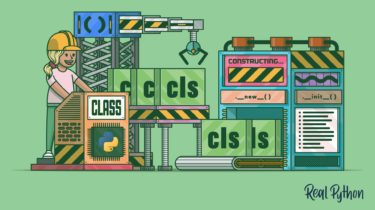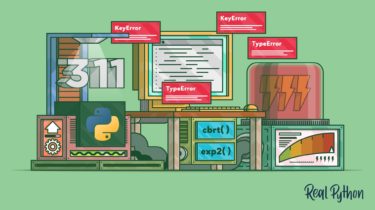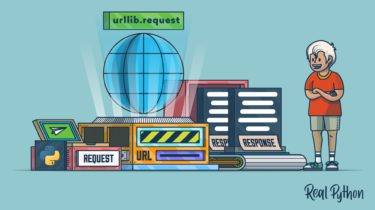Sorting Data in Python With Pandas
Learning pandas sort methods is a great way to start with or practice doing basic data analysis using Python. Most commonly, data analysis is done with spreadsheets, SQL, or pandas. One of the great things about using pandas is that it can handle a large amount of data and offers highly performant data manipulation capabilities. In this video course, you’ll learn how to use .sort_values() and .sort_index(), which will enable you to sort data efficiently in a DataFrame. By the […]
Read more



